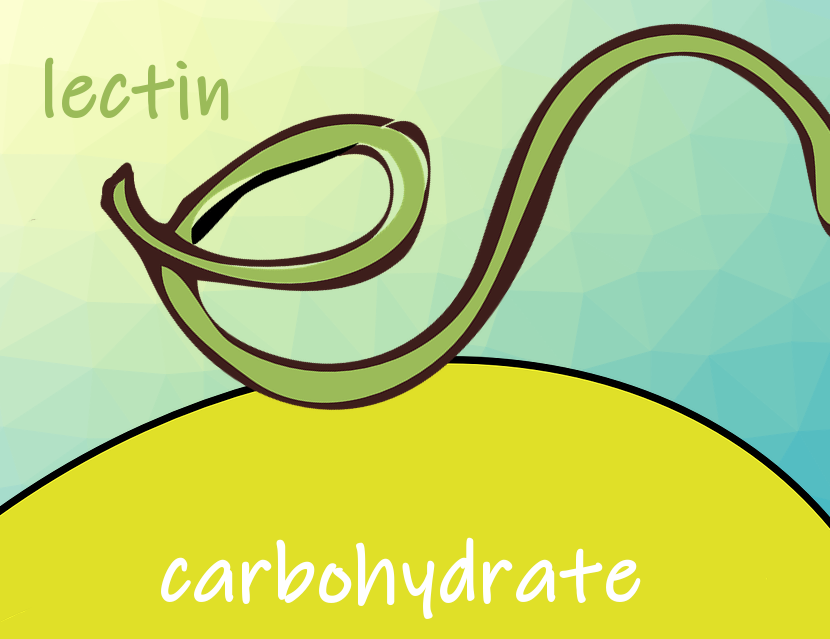The SARS-CoV-2 virus uses a glycosylation mechanism at specific sites on the spike (S) protein to form a sugar coat that hides the antigenic protein from the host immune response. New SARS-CoV-2 variants are constantly emerging, but the 22 N-glycan sites of the spike remain highly conserved among SARS-CoV-2 variants. This opens an avenue for robust therapeutic interventions.
Josef M. Penninger, IMBA, Institute of Molecular Biotechnology of the Austrian Academy of Sciences, Vienna, and University of British Columbia (UBC), Vancouver, Canada, and colleagues have prepared and used a library of over 140 mammalian carbohydrate-binding proteins (lectins) to study critical sugar residues on the full-length trimeric Spike and the receptor-binding domain (RBD) of SARS-CoV-2. They found two lectins to bind strongly to the SARS-CoV-2 S protein: Clec4g and CD209c.
The researchers investigated which binding forces and how many bonds occur between the lectins and the S protein.
They found that the two lectins bind to the N-glycan site N343 of the S protein. Deletion of this glycosylation site makes the S protein unstable. Other groups have shown that viruses with mutated N343 are not infectious. Thus, the lectins bind to a glycan site that is essential for spike function and where a mutation is highly unlikely. Clec4g and CD209c also significantly reduced SARS-CoV-2 infections.
These data report the first extensive map and 3D structural modeling of lectin-Spike interactions and uncovers candidate receptors involved in Spike binding and SARS-CoV-2 infections. The capacity of CLEC4G and mCD209c to block SARS-CoV-2 viral entry holds promise for pan-variant therapeutic interventions, the researchers say.
The approach is similar to the mechanism of the drug candidate ‘APN01’ by Apeiron Biologics, Vienna, Austria, which is in advanced clinical trials. This involves a bioengineered human ACE2 that also binds to the spike protein. When the S protein is occupied by the drug, access to the cell is blocked. The two naturally occurring mammalian lectins can do just that, as well.
- Identification of lectin receptors for conserved SARS‐CoV‐2 glycosylation sites,
David Hoffmann, Stefan Mereiter, Yoo Jin Oh, Vanessa Monteil, Elizabeth Elder, Rong Zhu, Daniel Canena, Lisa Hain, Elisabeth Laurent, Clemens Grünwald‐Gruber, Miriam Klausberger, Gustav Jonsson, Max J. Kellner, Maria Novatchkova, Melita Ticevic, Antoine Chabloz, Gerald Wirnsberger, Astrid Hagelkruys, Friedrich Altmann, Lukas Mach, Johannes Stadlmann, Chris Oostenbrink, Ali Mirazimi, Peter Hinterdorfer, Josef M. Penninger,
The EMBO Journal 2021.
https://doi.org/10.15252/embj.2021108375
Also of Interest
- Clever Picture: Coronavirus Entering and Replicating in a Host Cell
Where the coronavirus comes from and how it infects the human body
https://doi.org/10.1002/chemv.202000018 - Clever Picture: Overview of Coronavirus Variants
Most mutations of SARS-CoV-2 do not have a noticeable impact on us, but some do – we look at which ones and why
https://doi.org/10.1002/chemv.202100058 - ChemistryViews Collection: SARS-CoV-2 Virus – What We Know About Vaccines and Immunity



